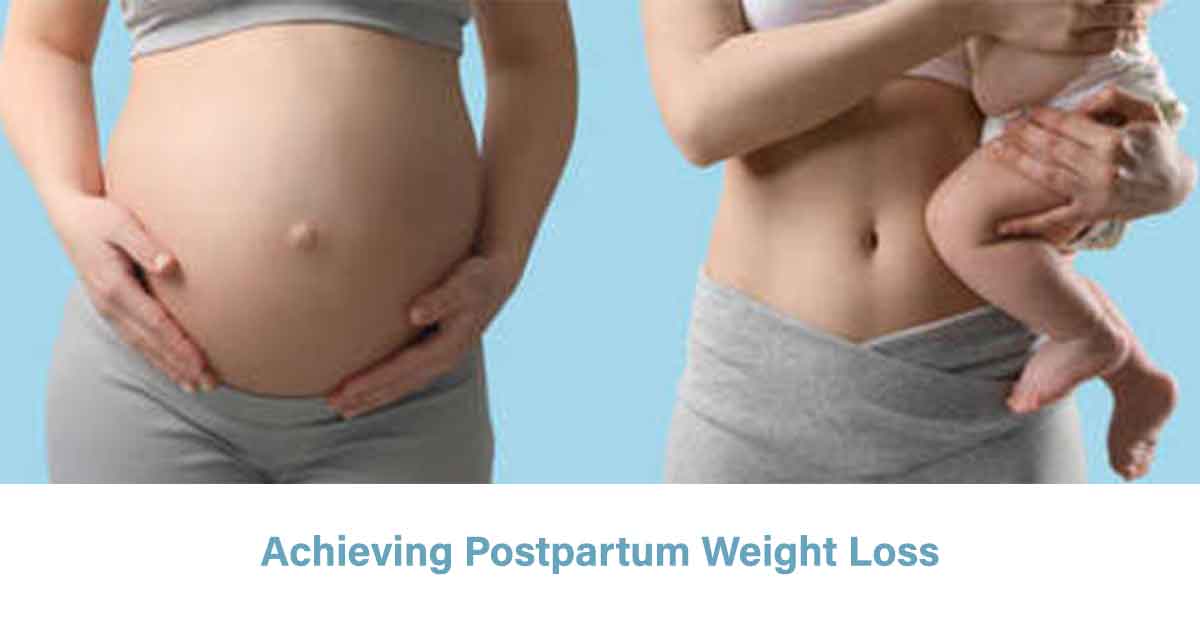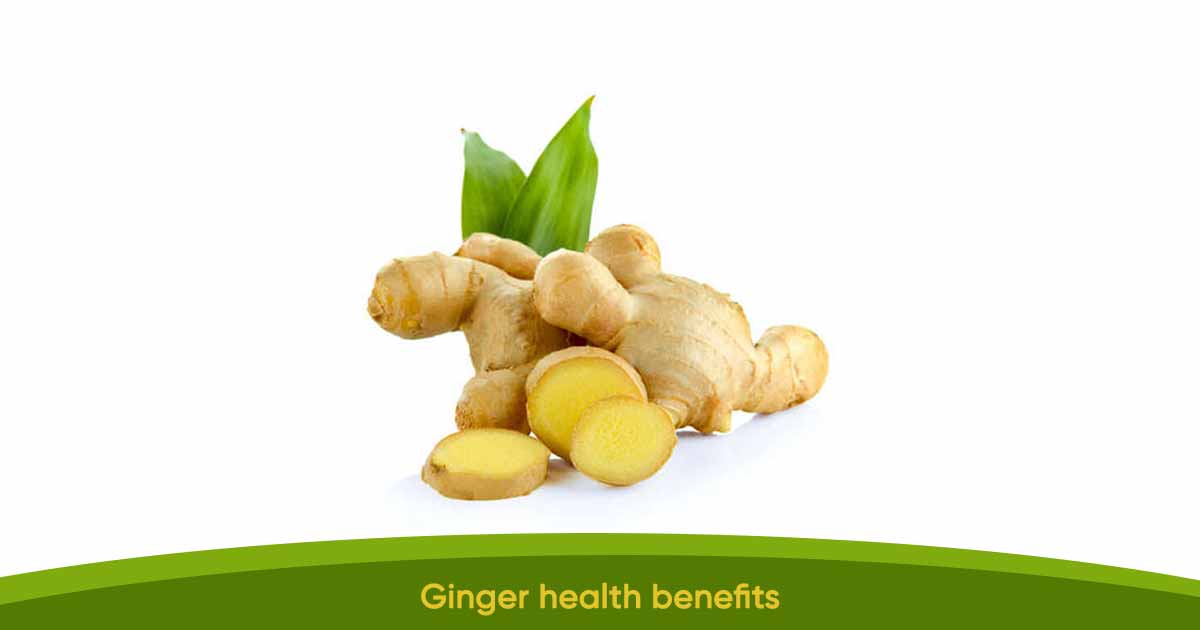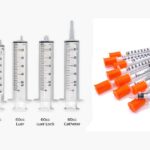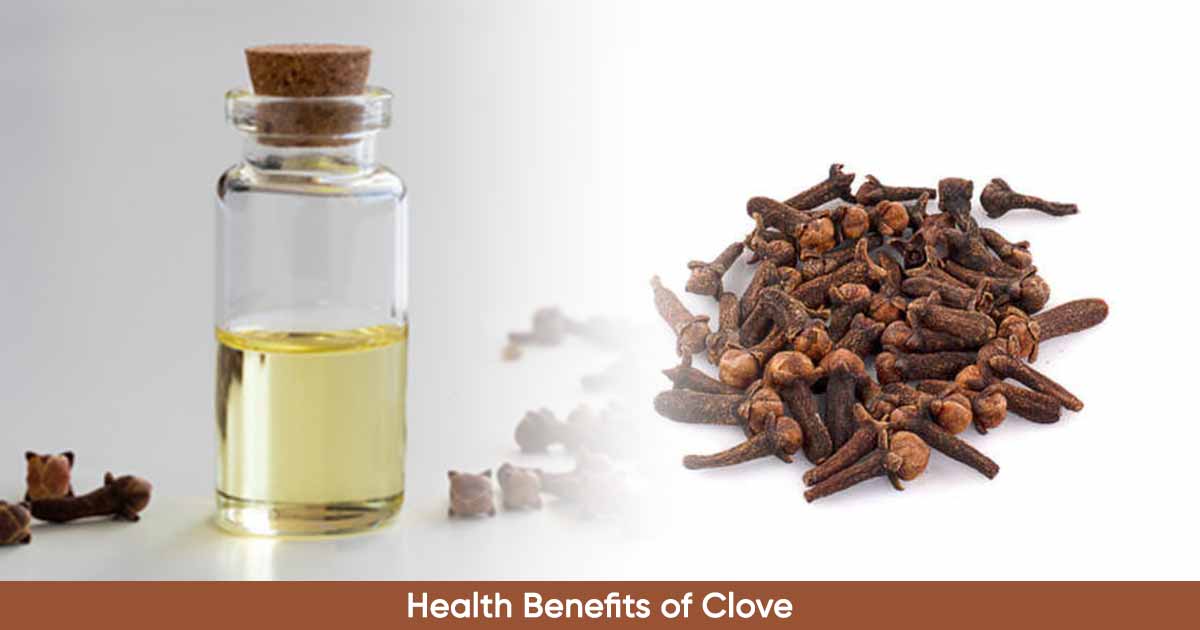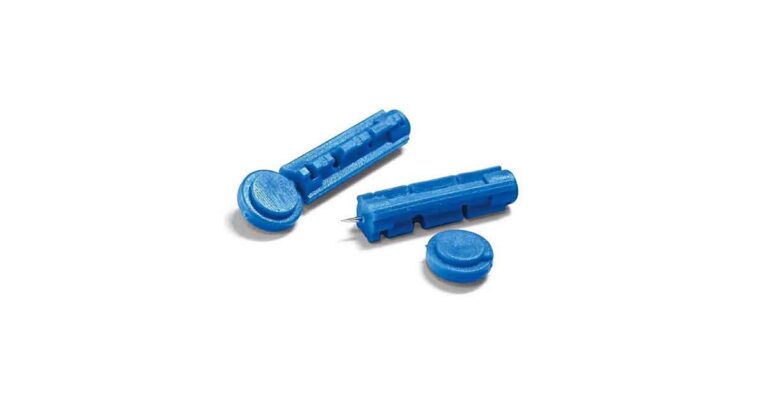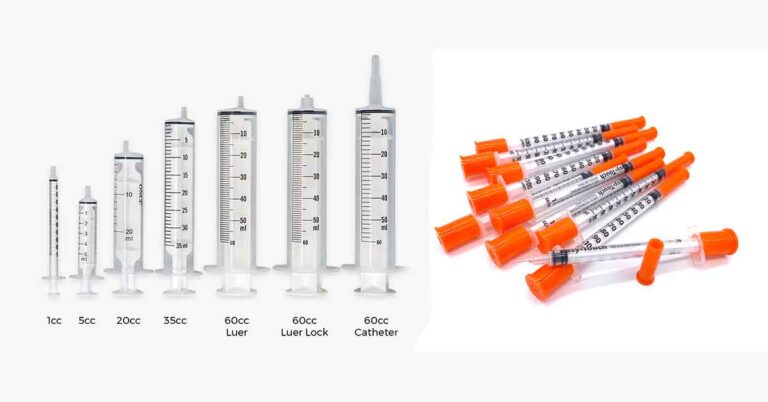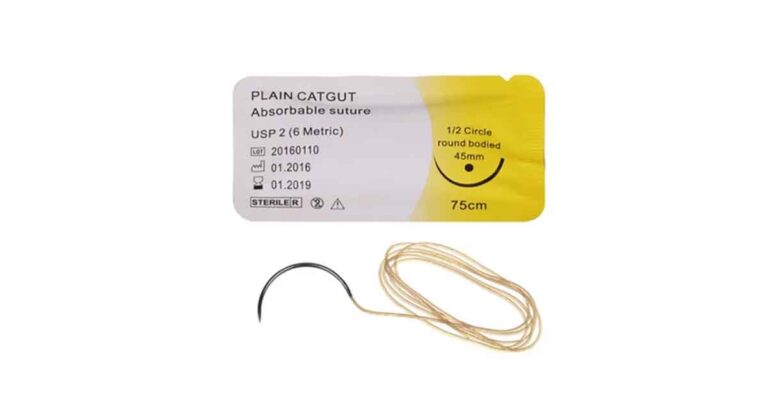Postpartum weight loss is still a major issue for most women – especially new mothers. An average mother gains up to 7 to 12 kg during the course of pregnancy. Though, after the childbirth, the release of the foetus, placenta, amniotic fluid and blood can result in weight loss of 5 to 6 kg, it is still very difficult for some women to recover their pre-pregnancy body shape.
Excessive weight gain during pregnancy, with the resultant post pregnancy weight retention, can lead to obesity in women of childbearing ages. You should strive to return to your normal weight before pregnancy within 6 to 12 months after childbirth.
Women should also understand that pregnancy can lead to long-lasting changes, such as large waistline, hips, and softer stomach, and learn to deal with the new realities.
It is important to note that weight loss during pregnancy and after pregnancy should be a gradual process.
How to Achieve Postpartum Weight Loss
Breastfeeding
After childbirth, one of the easiest way for a new mother to shed her body weight is by exclusively breastfeeding the child. Exclusive breastfeeding of a newborn for at least six months can help a new mother achieve postpartum weight loss.
While breastfeeding, wait for at least 2 months to help your milk production to normalise before reducing your calorie intake. Losing one and half pound a week while breastfeeding won’t affect milk production by the mother.
Healthy Eating
Avoid skipping meals, or engaging in crash dieting (not eating enough). Another practice to avoid is fad diet. Fad diet and crash diet will cause you to lose some kilos of weight, but since the weight loss is mostly fluids and muscles instead of fat, they will come back. The fats come back once you resume normal eating. The drastic dieting pattern is also injurious to the body.
Take your time and eat. Instead of large meals, focus on five to six small meals with healthy snacks in between per day. Do not skip breakfast.
The base meal should be starchy foods such as potatoes, rice, pasta, bread and wholegrain. Include lean proteins, whole grains to help you feel full without increasing the calories.
Instead of consuming fruit juices that contribute extra calories, take whole fruits and vegetables. Taking the whole fruits means you are eating the full flesh, pulp or skin. The skin has fiber, flavonoids, while vitamins, nutrients such as minerals are found in the skin. The pulp has a high concentration of fiber.
Other fiber-rich foods are beans, oats, brown rice, pasta, seeds, grains, wholegrain breads, lentils.
Eat baked or broiled food, and limit fried foods, sugar, saturated fats, trans fats, chocolates, sweets, cakes.
Drink water regularly, and reduce the intake of sodas, juices, drinks with added calories, sugars. Avoid products with artificial sweeteners.
Exercise
Moderate exercises such as walking is a known weight loss routine. Other routines such as swimming, cycling, gardening, using the staircases instead of the lift, can be of help.
Exercises that strengthen the abdominal and back muscles are of utmost importance. Give 20 to 30 minutes of exercises per day, with breaks in between.
Patience
It is important to note that postpartum weight loss is a gradual process. Trying so hard to lose weight after childbirth might be injurious to a nursing mother. The body takes time to recover after childbirth. You might have to give your body six weeks, especially if you are delivered through Caesarean section, before starting any weight loss routine.
However, women that had normal vaginal delivery can resume light exercise within a few days of delivery.
Your target should be to lose at least one pound and a half (0.7 kg) per week through exercise and healthy eating.
While breastfeeding, a woman needs an extra 500 calories than when they are pregnant. This can be achieved through a healthy diet.
References:
- MedlinePlus
- National Institute for Health and Clinical Excellence (NHS)

